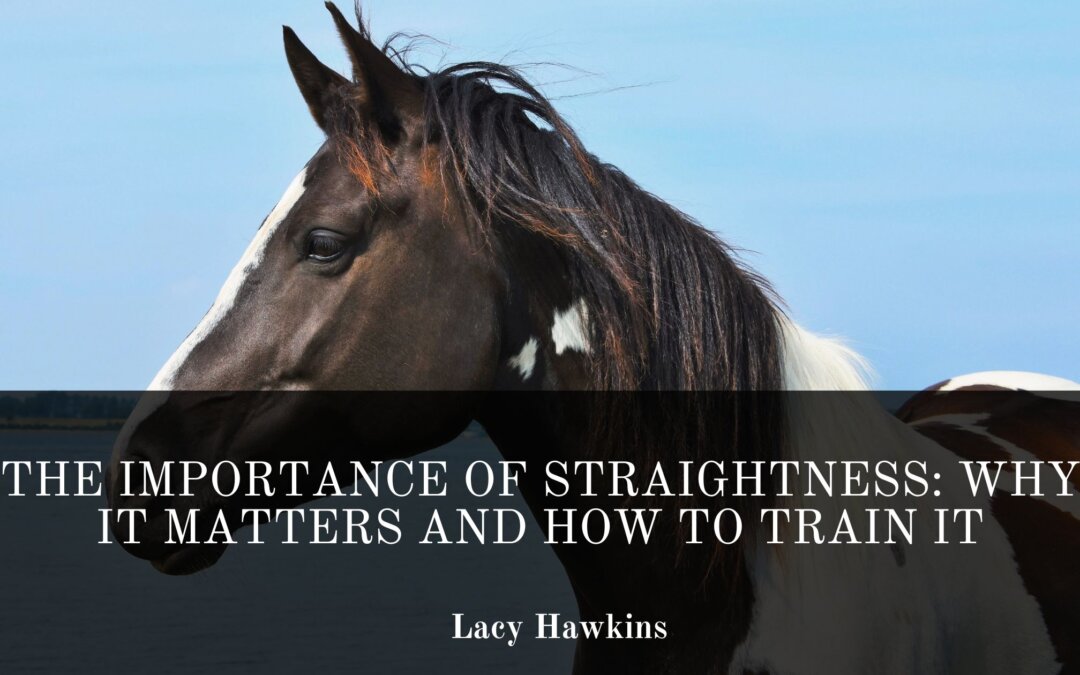Straightness is a foundational principle in riding that affects everything from balance to communication. A straight horse moves evenly on both sides of the body, with the hind legs following directly in the path of the front legs. This alignment allows for more efficient movement, clearer aids, and ultimately, a more successful partnership between horse and rider.
Why Straightness Matters
Straightness improves the horse’s ability to carry weight evenly, reducing strain on muscles and joints. When a horse is crooked, one side tends to overcompensate, leading to muscle imbalance, reduced performance, and an increased risk of injury.
For the rider, straightness enhances the effectiveness of aids. A crooked horse may drift, lean, or resist, making it harder to execute transitions, lateral work, or maintain rhythm. Straightness also ensures better impulsion, as the horse can push evenly from both hind legs.
In disciplines like dressage, show jumping, or eventing, straightness is essential for precision, power, and accuracy. It is a key part of the training scale and directly influences collection and engagement.
Recognizing Crookedness
Crookedness can manifest in several ways. A horse may fall in or out on a circle, push through one shoulder, or drift off a straight line. The rider might feel uneven rein pressure or that one stirrup seems longer. Some horses naturally carry themselves crookedly due to conformational tendencies or past injuries.
Observation is the first step to correction. Use mirrors if available, video your rides, or have a knowledgeable ground person give feedback. Longeing on both reins and noting differences in bend or balance can also reveal asymmetries.
Training for Straightness
- Use Centerlines and Long Sides
Riding straight lines helps highlight any natural drift or deviation. Practice riding centerlines, quarter lines, and long sides of the arena with equal rein pressure and leg contact. - Ride Circles Correctly
Circles can reveal and correct crookedness when ridden with proper bend and alignment. Ensure the horse is bent around your inside leg and that the outside aids contain the shoulders. - Practice Lateral Movements
Exercises like leg yield, shoulder-in, and haunches-in encourage equal engagement of both sides. They also help the rider become more aware of each side’s responsiveness. - Use Poles and Visual Guides
Ground poles or cones can help train a straighter track by giving both horse and rider a visual reference. Riding between poles reinforces alignment and straight transitions. - Strengthen the Weak Side
Often, one side of the horse is weaker. Spend more time developing flexibility and strength on that side, without neglecting the stronger one. This creates symmetry over time.
Final Thoughts
Straightness is not about forcing a horse into position but about guiding them toward better balance and body awareness. It enhances communication, improves performance, and promotes long-term soundness. With consistent, mindful training, every rider can help their horse become straighter and more capable across all disciplines.
